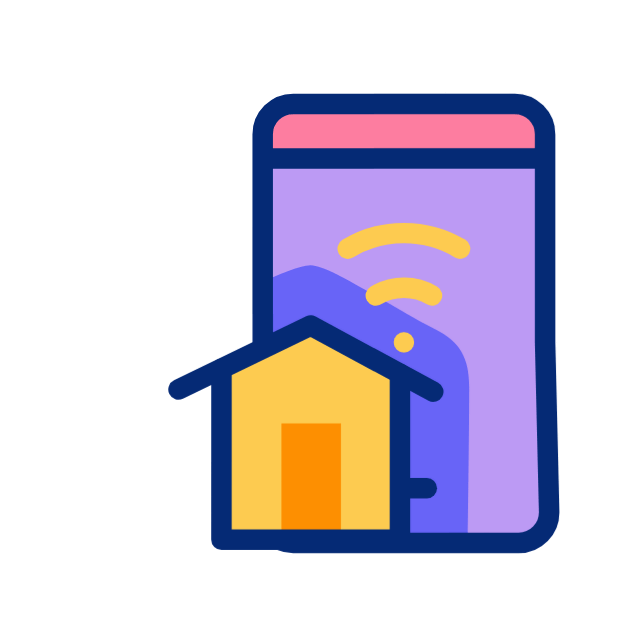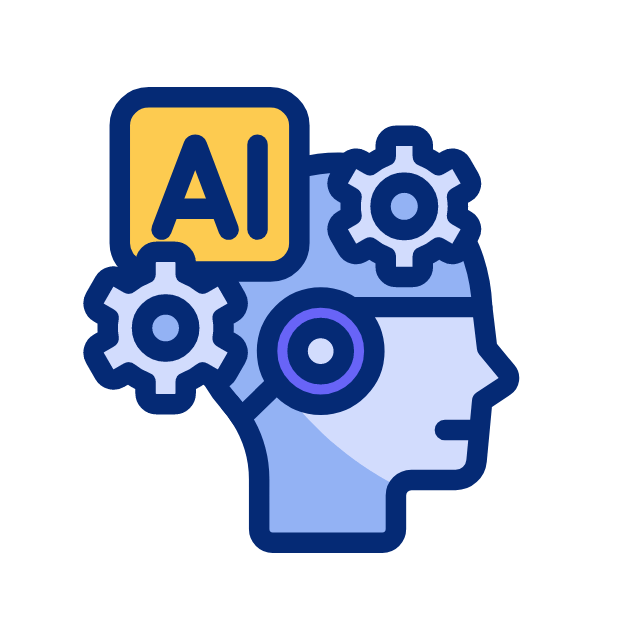Marc Andreessen, the renowned entrepreneur, investor, and co-founder of Andreessen Horowitz, recently made a surprising revelation about the potential of artificial intelligence (AI) decades ago. Speaking at an event, Andreessen shared that a small Llama AI model was successfully run on a Windows 98-era Dell PC, sparking discussions about how long conversational AI could have been a reality.
“Old PCs Could Have Been Smart All This Time”
According to Andreessen, AI-powered natural, human-like interactions with computers could have been possible nearly 30 years ago. He suggested that the technological foundation was already in place but not fully leveraged.
“All of those old PCs could literally have been smart all this time,” said Andreessen, implying that personal computers from the 1990s had the capability to support AI-driven conversations.
AI Research Has Been Ongoing for Decades
Andreessen pointed out that AI research has been in progress for many years, with a significant boom in the 1980s. He highlighted that during that time, many experts believed AI advancements would happen much sooner.
“We could have been talking to our computers for 30 years now,” he remarked.
However, despite the optimism of the 1980s, AI breakthroughs took longer than expected, primarily due to hardware limitations, lack of data, and computing power constraints.
Llama AI and Its Low-Computing Power Advantage
The Llama AI model, developed by Meta, has gained recognition for delivering advanced AI capabilities while requiring significantly less computational power compared to other large-scale AI models. Andreessen’s revelation that it could run on an older PC suggests that even legacy hardware had untapped AI potential.
Final Thoughts
Marc Andreessen’s insights raise an important question: If AI had been optimized for older hardware decades ago, how different would the tech landscape be today? As AI continues to evolve, his comments serve as a reminder of how technological advancements often rely on vision, adoption, and the right circumstances—not just hardware capabilities.
















